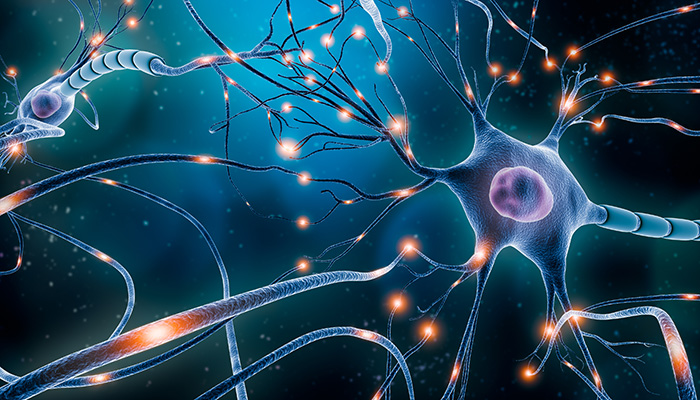Office of Research & Development |
 |
Office of Research & Development |
 |


©iStock/libre de droit
July 9, 2025
By Tristan Horrom
VA Research Communications
While PTSD is generally considered a mental health condition, it also involves physical changes within the brain. In a pioneering step toward unraveling the biological underpinnings of PTSD, researchers have published the first single-cell analysis of postmortem brain tissue from military Veterans diagnosed with the condition. The study provides unprecedented insight into how PTSD affects the brain at the level of individual cells — offering new avenues for diagnosis, prevention, and treatment.
The research, conducted by scientists at VA’s National Center for PTSD Clinical Neuroscience Division in West Haven, Connecticut, analyzed thousands of individual cells from the prefrontal cortex, a key brain region involved in emotion regulation and stress response. By comparing brain tissue from Veterans with PTSD to tissue from brains without PTSD, the team identified differences across neurons, microglia, blood vessels, and more.
“This study created the first molecular map of PTSD’s footprint in the human brain,” said Matt Girgenti, PhD, a research scientist at the VA National Center for PTSD and assistant professor at Yale School of Medicine. “For the first time, we can see how the disorder reshapes the cellular landscape — altering signaling pathways, inflammatory responses, and even basic cellular function.”
Among the most notable findings were disruptions in synaptic signaling and immune-related gene networks involving specific cell types. These patterns suggest PTSD may involve both overactive stress circuitry and suppression of neuroimmune communication, offering potential targets for new, more effective therapies.
The study relied on high-resolution single-nucleus RNA sequencing — a cutting-edge technology that allows scientists to profile gene expression in thousands of individual brain cells. The use of postmortem tissue from Veterans with PTSD is especially critical because it provides a direct window into the long-term impact of trauma on the brain — insights that cannot be captured through imaging or blood-based biomarkers alone.
“This is a milestone for PTSD research,” said Dr. John Krystal, MD, director of the clinical neuroscience division of the National Center for PTSD and chair of psychiatry at Yale School of Medicine. “It brings us one step closer to precision medicine approaches that are grounded in the biology of the disorder, not just its symptoms.”
PTSD affects an estimated 11 to 20 percent of Veterans of recent conflicts and remains one of the most challenging mental health conditions to treat. By revealing the cellular architecture of the disorder, this study lays the foundation for future research aimed at reversing or preventing these molecular changes.
The project was funded by the VA National PTSD Brain Bank and the VA National Center for PTSD and conducted in collaboration with Yale School of Medicine.
The study is available from the journal Nature.
VA Research Currents archives || Sign up for VA Research updates